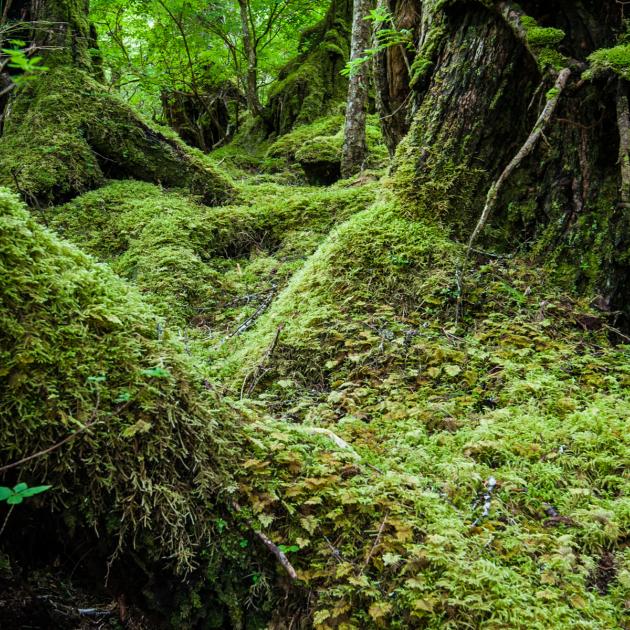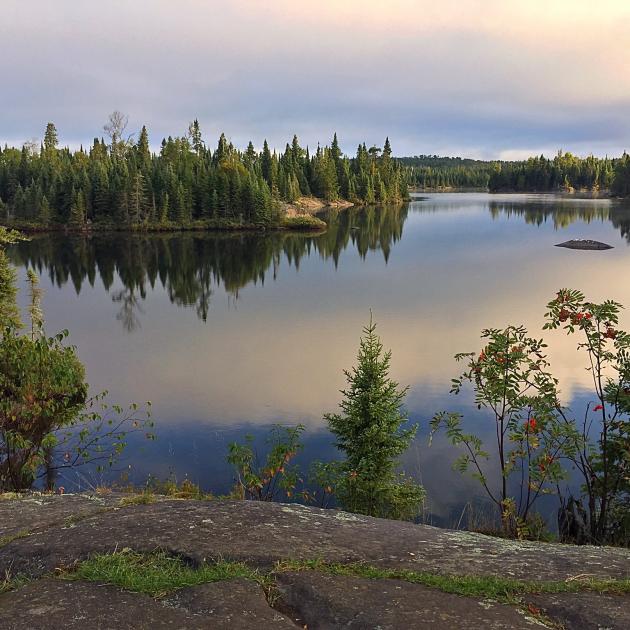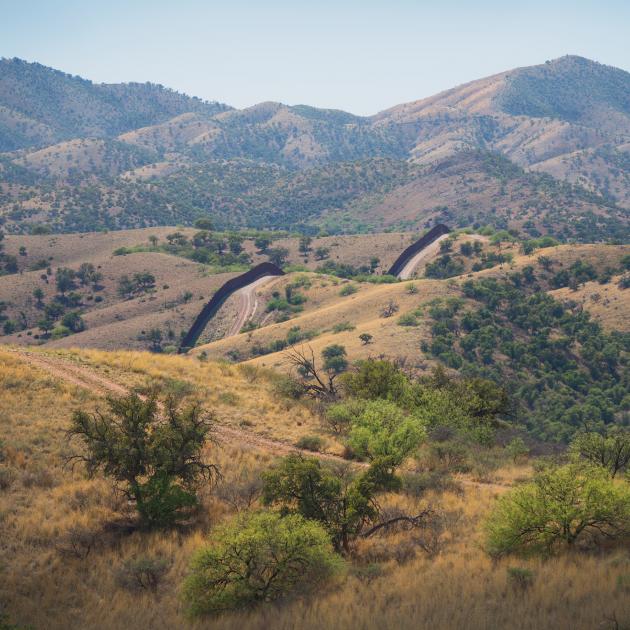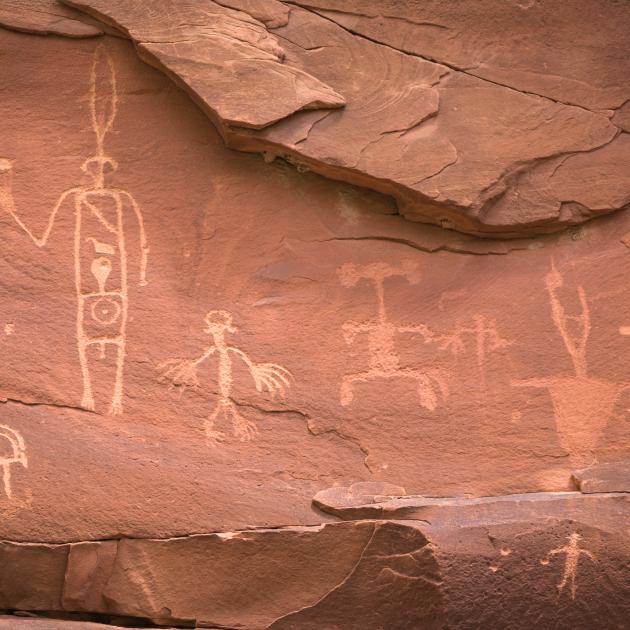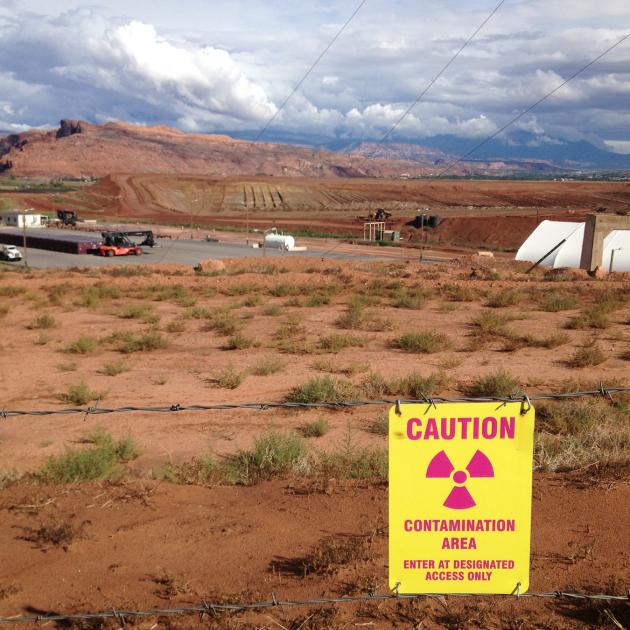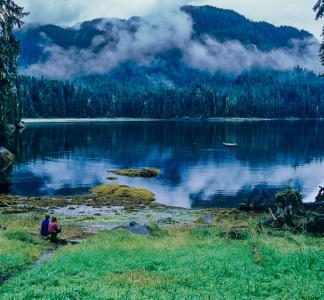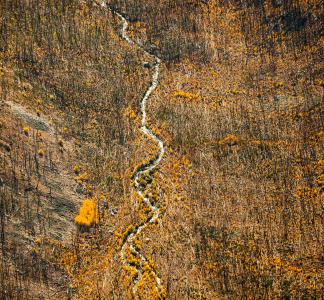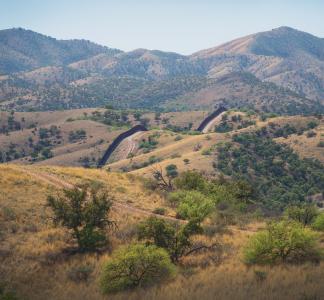9 big conservation wins President-elect Biden can deliver
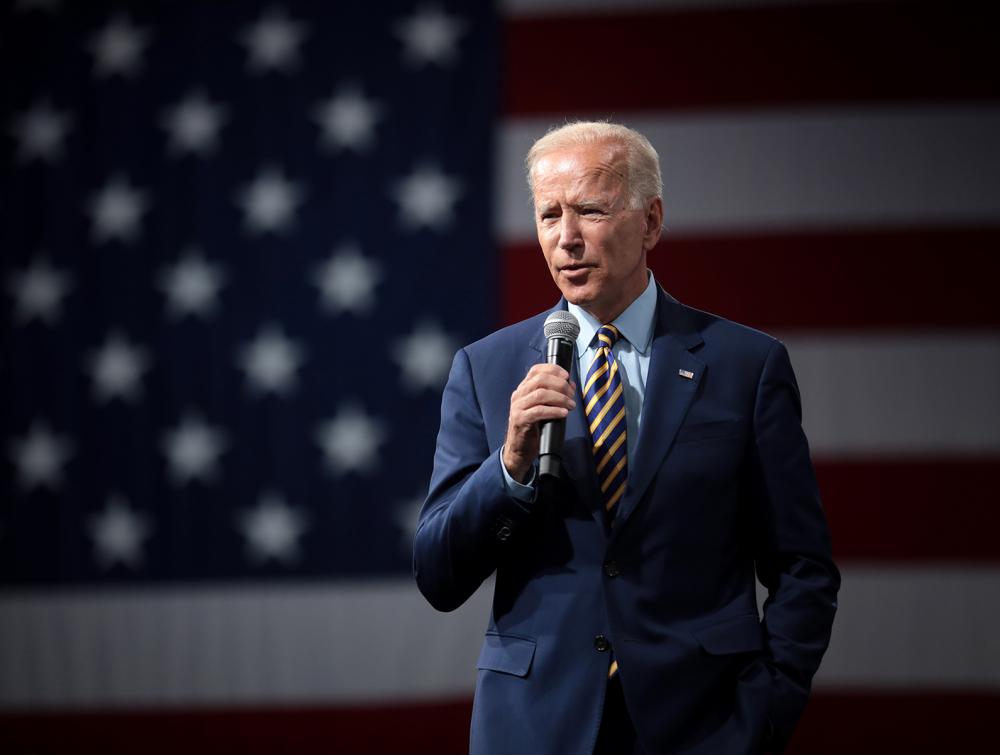
Gage Skidmore, Flickr
Opportunities to protect land and water, address climate change
After four years of devastating attacks on environmental laws and protected wildlands, it’s time to get to work repairing our institutions and tackling the greatest challenges of our time.
With the election of Joe Biden as the 46th president, a window of opportunity is opening for conservation. Over the next four years, we'll get the chance to put our collective imagination and passion into the massive project of building a more humane, equitable and sustainable future. That vision should include meeting the climate crisis head-on; conserving 30 percent of U.S. lands and waters; and ensuring all people can access and benefit from public lands.
Over the next four years, we'll get to work meeting the climate crisis head-on; conserving 30 percent of U.S. lands and waters; and ensuring all people can access and benefit from public lands
It won’t be easy. But even with the possibility of strong headwinds in the halls of Congress, there’s a long list of things Biden can do within the presidency to buoy conservation and tackle some of our most pressing issues. Below are just a few of them.
Many of these opportunities directly involve reversing or overriding President Trump’s actions but make no mistake: we’re firmly focused on the future—and looking forward to working with a true conservation ally in the White House.
- Reverse a last-minute oil auction in the Arctic Refuge
- Get back to fighting climate change (and enlist public lands as an ally)
- Focus on equity to pursue environmental justice and overall conservation goals
- Protect 30 percent of U.S. lands and waters by 2030
- Stop the destructive border wall
- Restore environmental and public health safeguards
- Re-dedicate federal agencies to environmental protection and justice
- Restore protections to Bears Ears and Grand Staircase-Escalante
- Save and strengthen “the bill of rights for the environment”
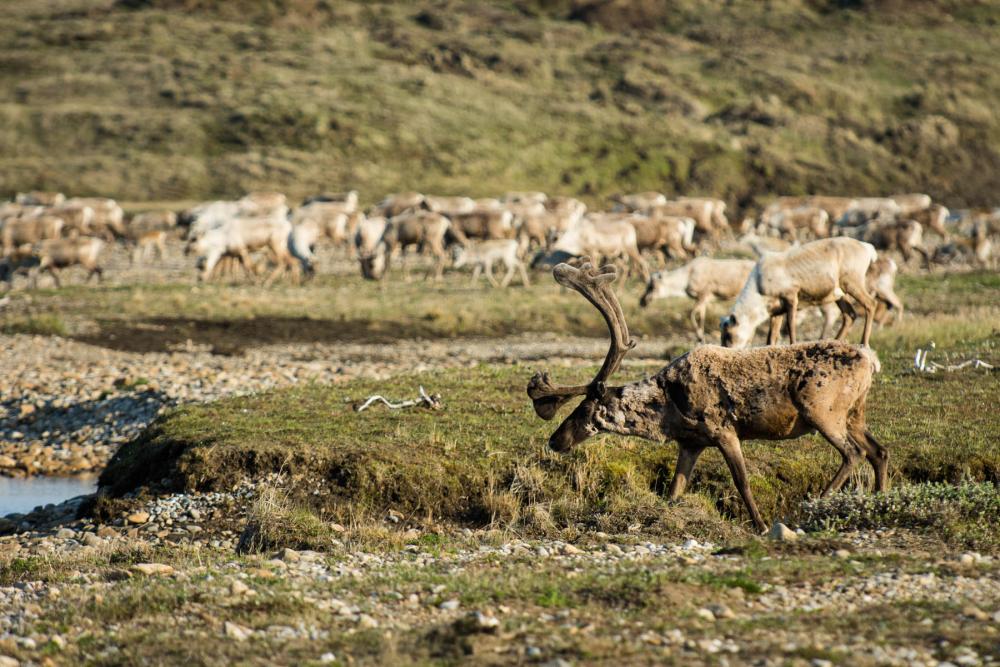
Arctic National Wildlife Refuge, AK
Maurice Witschard
President-elect Biden has said he wants to permanently protect the irreplaceable Arctic National Wildlife Refuge—he voted against measures to allow drilling on the refuge’s coastal plain numerous times in the Senate—and we encourage him to take immediate, decisive action to halt any oil and gas development activities from moving forward there. Recent activities that have happened as part of the Trump-era drilling push include seismic testing and soliciting “nominations” from oil companies about where in the refuge they’d like to drill.
The coastal plain contains the calving grounds of the Porcupine caribou herd, which is a vital food source for the nearby Gwich’in and Iñupiat people. Efforts to drill there are regarded as both a threat to their survival and an egregious cultural insult, with Gwich’in Steering Committee Executive Director Bernadette Demientieff calling plans to drill on the coastal plain “an attack on our rights, our culture and our way of life.”
Almost right off the bat, President-elect Biden will be able to do a number of things to confront climate change (and it’s a good thing, because scientists say we don’t have much time left to avert the worst effects). He can have the U.S. rejoin the Paris climate agreement—indeed, he has already pledged to do it on day one in the White House—and put us on a path to meet its emissions-reduction goals. And under Biden, the Environmental Protection Agency could issue a notice of proposed rulemaking to repeal the stripped-down rule Trump used to replace President Obama’s Clean Power Plan, which was aimed at regulating carbon emissions from existing fossil fuel power plants. In its place, the Biden administration could craft a new rule with similar goals. Biden can also withdraw a yet-unfinalized Trump rollback that would have eased greenhouse gas emission limits on new coal-fired power plants, keeping a standard set in 2015.
A big (though often forgotten) factor in fighting climate change is emissions tied to our public lands and waters. Roughly 25 percent of U.S. greenhouse gas emissions come from burning fossil fuels that originate on public lands or waters, meaning the government has allowed these shared places to become part of the problem instead of the solution. Biden has said he’d stop new oil and gas permitting on public lands and waters, a move that would pay emissions reduction dividends in years to come and, in the more immediate future, serve as a powerful signal to markets and international partners (not to mention a stark rebuttal to Trump’s lands-and-waters fire sale).
Also to the purpose of making lands and waters an ally in fighting climate change, Biden has said he will increase development of renewable energy on public lands, currently an underutilized strategy. He also wants to prioritize protection of forests that absorb climate emissions and other landscapes that help us mitigate and adapt to changes. One important example of the latter: Under the Biden administration, the U.S. Forest Service could repeal the recently finalized Trump rule that removed protections from millions of acres of old-growth forest in Tongass National Forest and paved the way for logging and development.
Equity goes hand-in-hand with conservation. Ensuring that Black people, Indigenous people and people of color have a seat at the table when it comes to environmental decisions leads to stronger leadership and more inclusive policies that benefit the communities most affected. For example, people of color are and have been disproportionately impacted by climate change and environmental degradation—despite the fact that white people are far more responsible for activities driving pollution—due to a legacy of systemic racism, exemplified by discriminatory housing policies and regulatory practices. If more people of color are part of the conversation about environmental safeguards and appropriately placed in positions of power, we can begin to correct that injustice. President-elect Biden has repeatedly signaled his intention to appoint a diverse group of White House and Cabinet officials. That would be a great start.
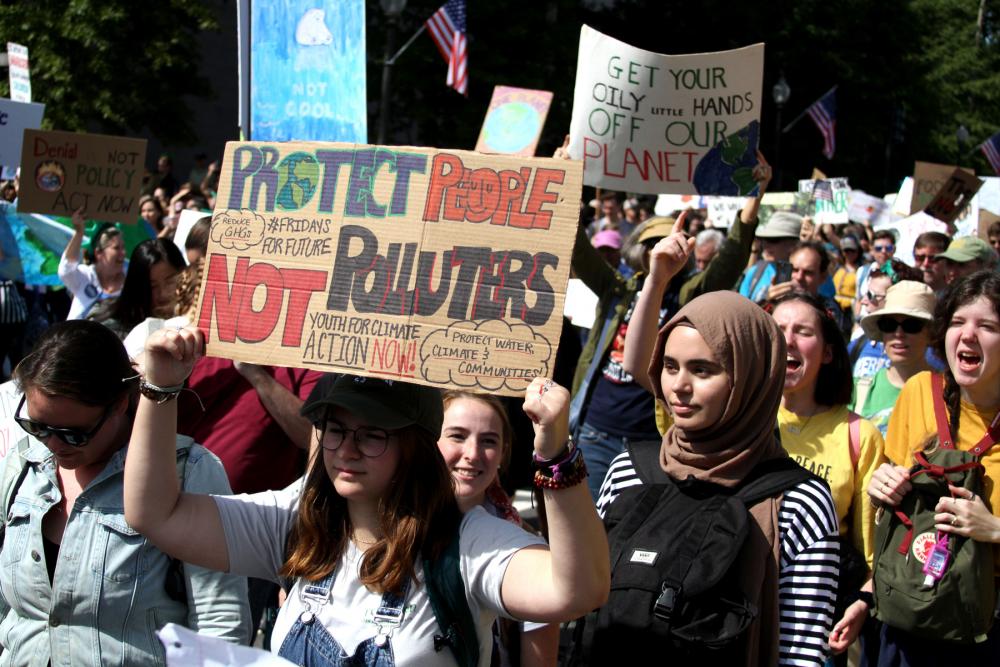
Protesters march in Washington DC during the Global Climate Strike in 2019
Carla Ruas, TWS
Biden has also said he’ll prioritize policies to address those inequitable environmental threats, including directing the EPA and Department of Justice to pursue cases that bring polluters to account for their impacts on communities—under the Trump administration, such cases were referred less frequently than at any time in decades—and creating an environmental and climate justice office within the Department of Justice to bulk up enforcement.
Biden would do well to follow the lead of Black, Brown and Indigenous activists who have emerged as the driving force behind the movement for climate action
In general, Biden would do well to follow the lead of Black, Brown and Indigenous activists who have emerged as the driving force behind the movement for climate action, re-orienting it to focus on real, everyday health and social impacts. Communities of color remain at the vanguard of efforts to tackle our most challenging environmental problems, despite the fact that people of color have been consistently taken for granted in their support of pro-conservation policies. This activism seems likely to continue; a 2019 Washington Post poll found that Black and Hispanic teens expressed a significantly greater sense of urgency around climate change.
Protecting public lands and waters should be a big priority for Biden (see #4 below), and such places also need to be made more equitable and accessible. The people who make decisions about protecting and funding parks and public lands rarely reflect the diversity of the nation they serve, and that lack of representation helps maintain a “nature gap” that leaves communities of color at a disadvantage. Again, selecting people of color for leadership roles will help Biden address this.
President-elect Biden has said he will work to protect at least 30 percent of America’s lands and waters by the year 2030. That goal is based on scientists’ global recommendations for slowing the extinction crisis and adapting to climate change. Other lawmakers (including Vice President-elect Kamala Harris) have backed the “30 x 30” aims. Under Biden, the U.S. can take a lead role by reversing rollbacks on public lands to protect ecosystems and important cultural sites; building a network of interconnected, protected landscapes to sustain life; and ensuring equitable access to public lands and a healthy environment for all people.
One of the most important opportunities to protect public lands is in Minnesota’s Boundary Waters, where the Trump administration has championed a toxic copper-nickel mine near one of the nation’s most visited wilderness areas. Mining of the kind proposed there is likely to contaminate the Boundary Waters’ interconnected waterways and imperil the local outdoor recreation economy. We hope to work with Biden to protect the Boundary Waters and reverse the attack.
Such actions would represent a sea change from Trump, who has rolled back protections on more than 153 million acres of land and offered an area of over 108 million acres of public lands and waters for oil and gas leasing. He’s left us in a deep hole, but we’ll work with the Biden administration to climb out of it—and then some.
During his presidential campaign, Joe Biden said that if elected, he would immediately stop both construction of Trump’s wall on the border between the U.S. and Mexico and any associated land transfers.
The border wall has been the linchpin of Trump’s xenophobic and deeply cynical agenda, making communities feel like war zones and leaving individuals and families deeply wounded (vivid examples include workers destroying burial sites belonging to the Tohono O'odham Nation). The wall is also disrupting public lands and wildlife in one of the most ecologically diverse wildlife migration corridors in all of North America, facilitated by drastic transfers of public lands to the Department of Defense. Even now, on its way out the door, the lame-duck Trump administration is engaged in what some call “frivolous destruction,” ostensibly to clear the way for segments of the wall that may not even end up being built. Biden should put a stop to that process immediately, and he may launch restoration projects to benefit those wildlands already affected by the wall.
Even now, on its way out the door, the lame-duck Trump administration is engaged in what some call “frivolous destruction,” ostensibly to clear the way for segments of the wall that may not even end up being built. Biden should put a stop to that process immediately, and he may launch restoration projects to benefit those wildlands already affected by the wall.
President Trump has famously rolled back more than 125 environmental rules, easing or eliminating regulations on everything from toxic wastewater dumped by coal-fired power plants to the use of pesticides linked to birth defects. It’s a daunting job, but the Biden administration should be able to undo a number of the pending Trump rollbacks, especially those relying on cursory explanations or legally faulty reasoning.
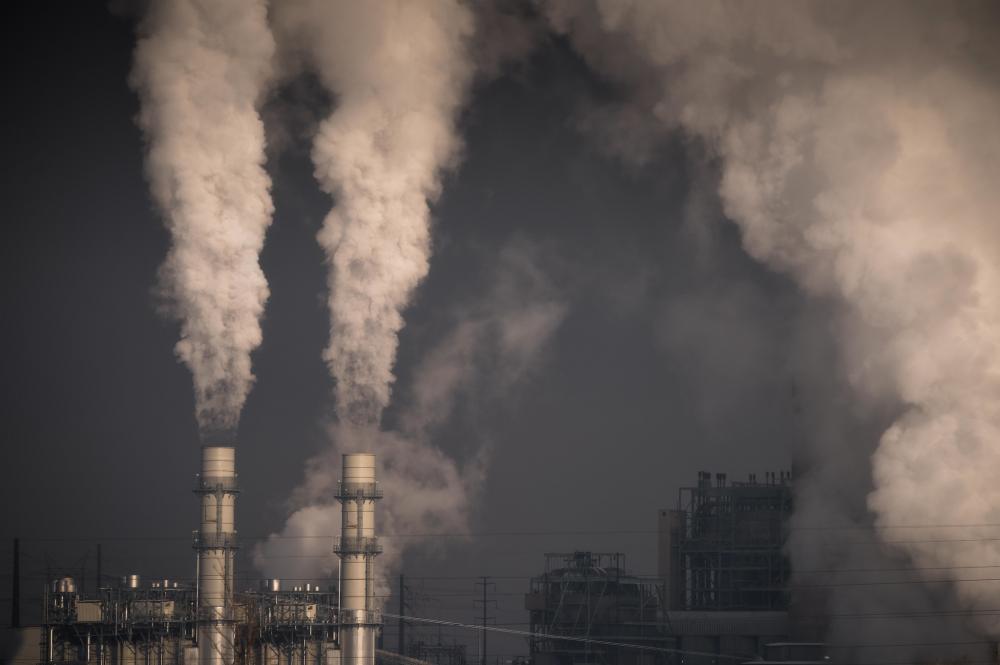
Cherokee Generating Station, Colorado
Mason Cummings, TWS
Trump rollbacks that have officially taken effect by the time Biden takes office will be more complicated to reverse; the new administration would need to rewrite certain rules essentially from scratch. For example, one of Trump’s most serious attacks on the environment was a series of changes meant to weaken the National Environmental Policy Act (see item #9 below), which requires the government to consider how projects like new pipelines or roads will affect the environment. Biden could dictate that those measures be rewritten.
As Bethany Davis Noll, a law expert at NYU, put it when asked before the election about the possibilities of a Biden win: “I predict agencies will go back to doing their jobs.”
Among other things, it could mean an Environmental Protection Agency re-dedicated to reducing pollution; a Department of the Interior more concerned with managing public lands for multiple purposes than leasing them for fossil fuel extraction; and a National Oceanic and Atmospheric Administration once again guided by sound science.
Biden will have the opportunity to choose agency officials with the right expertise and also prioritize racial and gender diversity in federal hiring
President-elect Biden’s first step would be choosing department heads with appropriate expertise and commitment to agencies’ underlying goals (not oil lobbyists or fringe anti-public lands extremists). He should also prioritize the hiring of more people who aren’t straight white cisgender men. The federal government has been behind the curve on racial and gender diversity for years, and agencies have a lot of catching up to do before they reflect the nation they serve. Biden has won praise for the makeup of his presidential transition team—46 percent are people of color, and 52 percent are women—and has pledged that his administration will “look like America,” in contrast to past regimes that were overwhelmingly white and male.
Beyond installing the right people at federal agencies, Biden will have an opportunity to undo some of the damage done to the integrity and inner workings of the offices. This damage ranged from jettisoning staff to filling advisory committees with industry figures to disrupting key research. Just weeks before the election, Trump signed an executive order that was widely seen as laying the groundwork to fire scientists and technical experts for political reasons and embed unqualified political appointees. Biden should be able to reverse that order and some similar measures as part of a push to strengthen science across the federal government.
President-elect Biden could restore protections to Bears Ears and Grand Staircase-Escalante national monuments in Utah and go further by expanding protections for Bears Ears to the full 1.9 million-acre boundaries originally proposed by the Tribes of the Bears Ears Inter-Tribal Coalition (Navajo Nation, Hopi Tribe, Ute Indian Tribe, Ute Mountain Ute Tribe, and Pueblo of Zuni). President Trump cemented his status as the worst president ever for public lands in 2017 when he illegally gutted protections for those landscapes, paving the way for destructive mining and drilling in areas known for invaluable cultural and archaeological sites, important fossil beds and rare wildlife.
Additionally, a Biden Department of the Interior could withdraw the recommendations from former Interior Secretary Ryan Zinke’s 2017 report that called for altering the Utah monuments along with several others that may still be at risk--or else issue a new report recommending monument protections be maintained or strengthened. If Biden protects Bears Ears and Grand Staircase-Escalante, he could (and should) scrap the management plans created for the monuments by the Trump administration that reduce protections for lands within their boundaries.
President-elect Biden can go a step further by following through on his commitment to “establish parks and monuments that reflect America’s natural heritage.” He’d do this by using his authority under the Antiquities Act to create and expand national monuments that protect irreplaceable natural treasures, cultural resources and sacred sites on public lands. Specifically, he should consider designating more national monuments that honor people of color, women, the LGBTQ community and other traditionally underrepresented groups. Research by the Next 100 coalition suggests such proclamations would help bring a broader cross-section of the U.S. to public lands by telling a more complete story about our nation.
For 50 years, the National Environmental Policy Act, or NEPA, has served as the “bill of rights for the environment,” requiring the government to be transparent about potential environmental and health consequences of projects like mines, power plants and new roads. The Trump administration launched a number of attacks on NEPA and the way it is used, including putting limits on public comment and environmental analysis, constricting the definitions and timelines for review of projects and allowing many projects to escape review altogether. This approach is of a piece with other actions pushed by the administration to shirk transparency and oversight, including proposals to limit Freedom of Information Act requests.
Under Biden, the White House Council on Environmental Quality, the body that oversees NEPA, could launch a rulemaking to restore NEPA to full strength and eliminate Trump-added loopholes. In the meantime, the Biden administration could rescind Trump orders that instructed agencies going through the NEPA process to make use of every available categorical exclusion (a category of routine actions able to circumvent close review). Steps like these will help ensure accountability from federal agencies about how their work affects communities.
